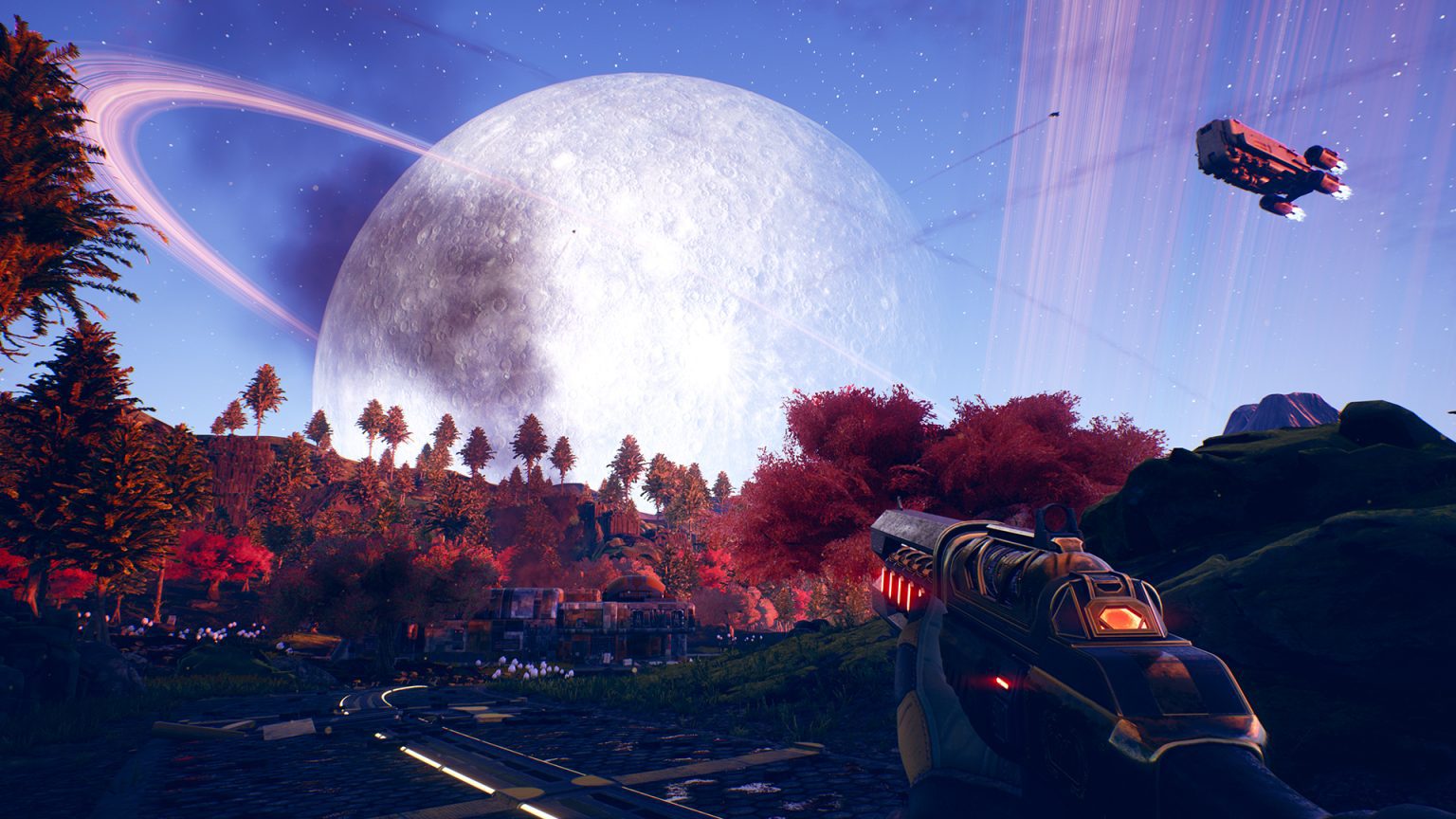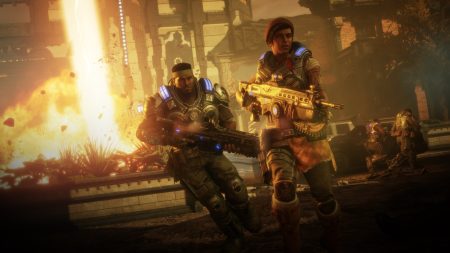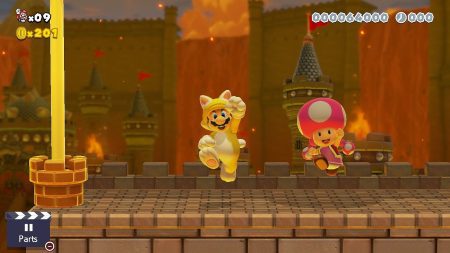Welcome to the latest edition of Punished Notes! In this piece, I cover the intriguing universe of The Outer Worlds, the familiar but phenomenal Yooka-Laylee and the Impossible Lair, Death Stranding, and more. Also, a few words on a recent Netflix film you ought to watch.
The Outer Worlds Challenges My Strident Political Views
The best quests in Obsidian’s latest interplanetary effort The Outer Worlds aren’t necessarily centered on gunning down alien monsters, looting abandoned buildings, or invading marauder-laden outposts; they involve forcing the player to confront their own political leanings and reconsider even their most closely-held personal values.
Though The Outer Worlds doesn’t exactly have the most nuanced storyline or world (the anticapitalist themes and language appear ham-fisted, though deliberately so for satirical and comedic effect), the game occasionally demonstrates the ability to compel the player to commit to actions that, in theory, may conflict with how they might feel about issues in the real world. Video games give us the opportunity to take hold of another being, allowing us to roleplay in any way we like, but I often find myself making decisions in RPGs that reflect how I feel about real-life matters. I didn’t blow up Megaton in Fallout 3, because I am against nuclear warfare and the harming of innocents under any circumstances. I stayed faithful to Yennefer in The Witcher 3, as I felt I would do the same (assuming I ever had amnesia). I saved Del in Gears 5, because he fought by my side 100% of the way, and I value that kind of loyalty.
But whenever I’ve been offered the choice to either save a corporate town or socialist commune in the latest Obsidian game, I do whatever I can to reach a compromise — even though in real life, I advocate for large teardowns of capitalist systems in favor of leftist political takeover, even if it comes at a cost. Part of this willingness to meet in the middle comes from how The Outer Worlds forces the player into life-or-death scenarios, in which the community you opt not to save crumbles down, taking largely innocent, powerless workers with it. While complex situations as these are by no means new to gaming, The Outer Worlds poses them with the intention of challenging the player’s political zeal, as committing fully in any direction will lead to negative consequences for those who didn’t even know they were involved.
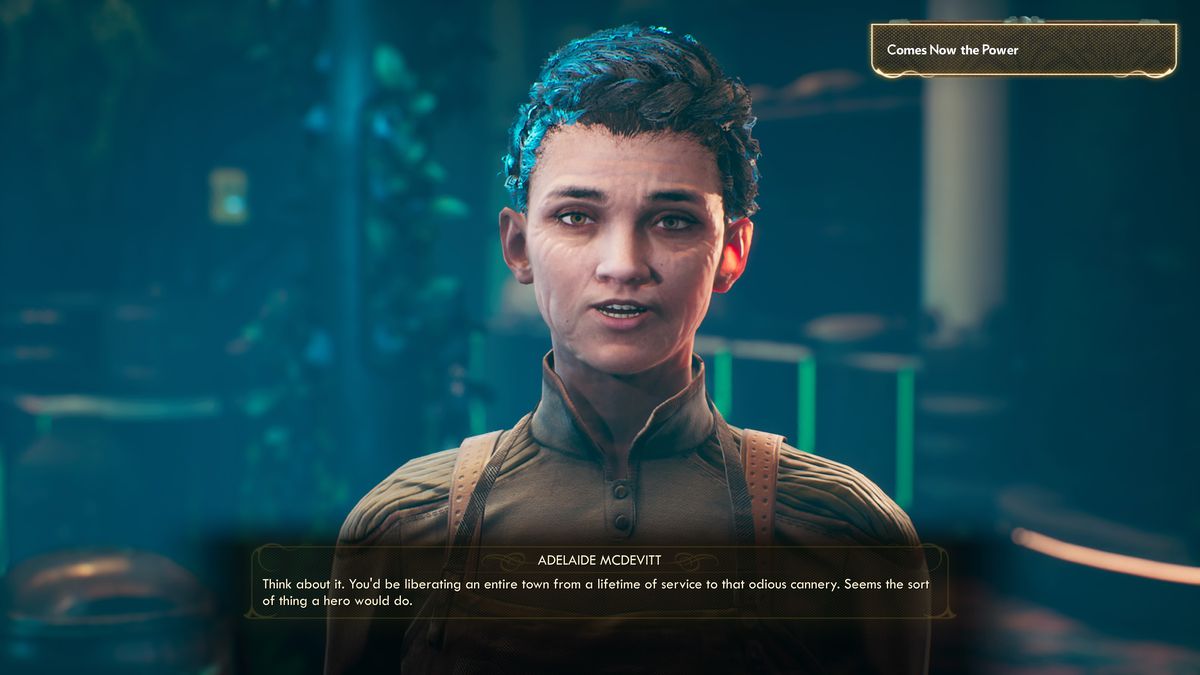
In real life, there’s only so much risk to having a radical viewpoint if you don’t act on it. In The Outer Worlds, however, you pretty much know the ripple effect of any drastic measure you take and that any consequences (good or bad) will take immediate effect. Thus, it’s incumbent upon the player to think long and hard about whether it’s worth it to expose an already vulnerable population to the dangers and challenges of overthrowing long-standing tools of capitalist oppression, even if the game’s capitalist colony of Halcyon might be better off in the long run because of such changes.
Typically, I dislike “both sides-ism” as a political ideology, since it’s often used by bad faith actors and cowards as a cudgel against tangible efforts to subvert the status quo. While I certainly value good faith challenges to my political beliefs — which, to be clear, are evolving constantly — in many cases I think it’s essential to take a side, as a devotion to bipartisanship can lead to watered-down versions of progress when it comes to matters such as healthcare, climate change, and civil rights. After playing a few hours of The Outer Worlds, I now feel like Varys in Game of Thrones — a “protector of the realm,” someone who does whatever it takes to minimize the loss of life in any scenario, even if that means compromising a little bit on my personal views.
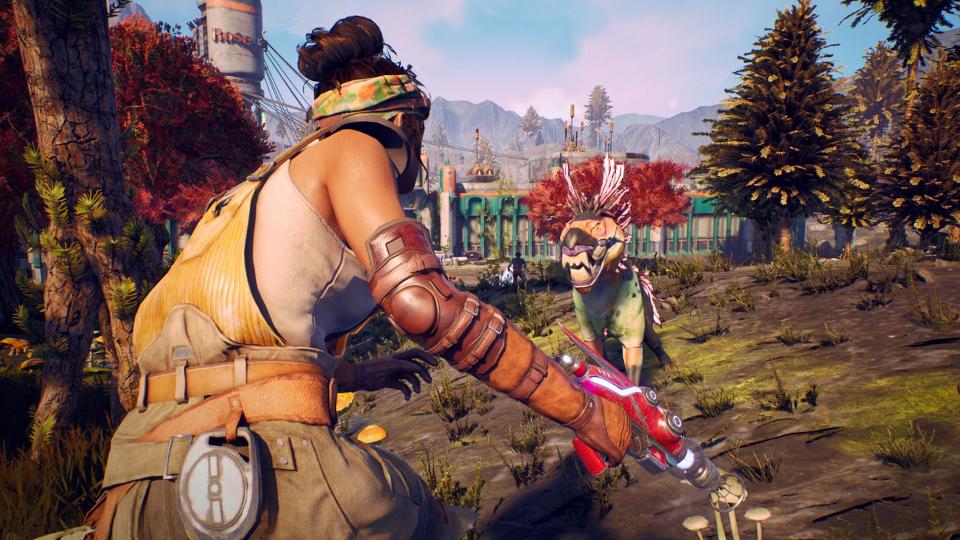
In reality, my politics won’t change much because of a video game, which makes sense when you consider much of The Outer Worlds involves shooting lasers at giant lizards on goofy planets with giant mushrooms and acid ponds. The game also doesn’t provide a great deal of wiggle room in its quests between “protect corporate interests” and “kill a whole bunch of people.” Even as some quests in The Outer Worlds have pushed back at my sensibilities, I still believe that, in the United States, many of the capitalist structures in place are largely responsible for this country’s biggest problems and that milquetoast attempts at “reform” or “incremental improvement” won’t be enough to solve everything, or anything at all.
After playing about a dozen hours of The Outer Worlds, though, I’m now a little more sympathetic to those who prefer compromise, as I’ve been forced to ponder what I would really do if I had the power to overthrow various capitalist institutions. Perhaps I’d be more willing to reach across the aisle. Who knows? Halcyon isn’t real life, but there’s still a thing or two to learn from it.
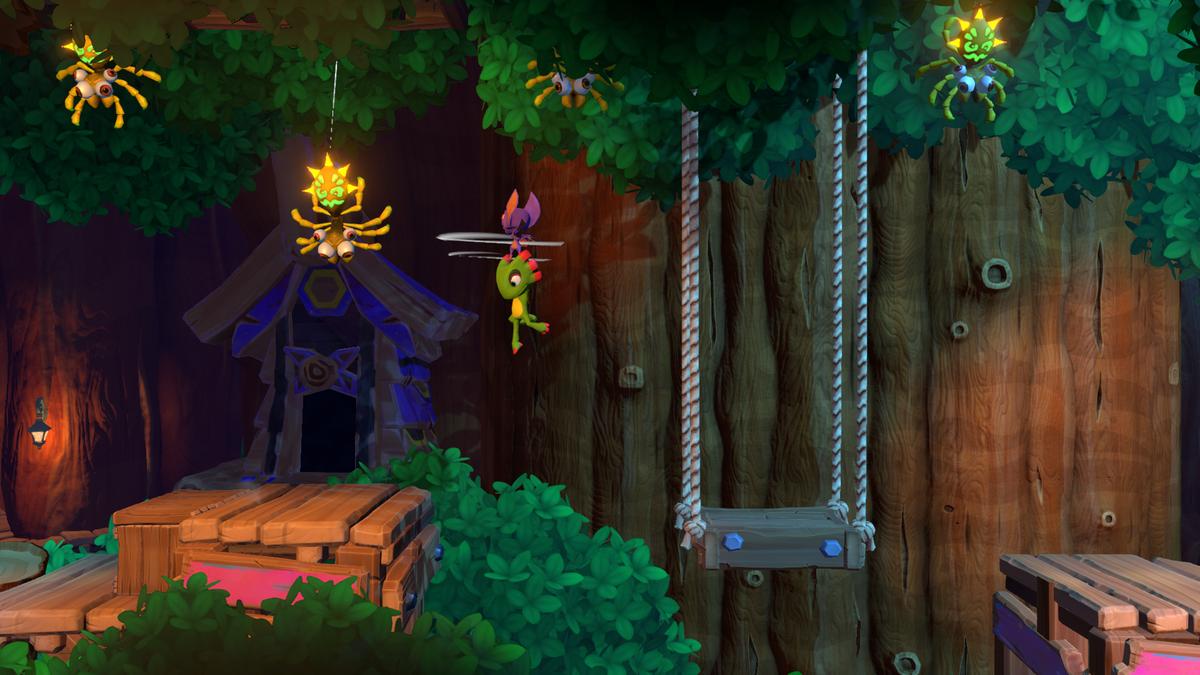
Yooka-Laylee’s Latest Effort Captures an Essential Feeling from Donkey Kong Country
Playtonic’s Yooka-Laylee and the Impossible Lair, an excellent 2D follow-up to 2017’s 3D platformer Yooka-Laylee, accomplishes what many Donkey Kong Country imitators fail to do: It recreates the gravity and terror of every single jump and roll.
One of my favorite elements of the original Donkey Kong Country trilogy on the Super Nintendo (among other things) was the short but intense bursts of fear that come with every single character movement. The player dies after a single hit in those games (two if both playable characters are on screen), so even the most basic motions become hazardous on their own. Jumping on a single kremling carries the same weight as rolling through an army of them, as you’re one misstep from demise at every turn.
While the new Yooka-Laylee carries a brighter, more chipper tone than the original DKC oeuvre, it largely reproduces the same feelings of twitchy terror from those games. Every enemy encounter, no matter how small, is a challenge in and of itself, and each leap from platform to platform causes the player to bristle ever so slightly. Every roll into a longer jump elicits a feeling similar to when you try to perfectly time a headshot in Resident Evil: The literal horror might not be there, but the fear of failure hits you just the same. That fear set Donkey Kong Country apart from other 2D platformers, and Playtonic has managed to resurrect it.
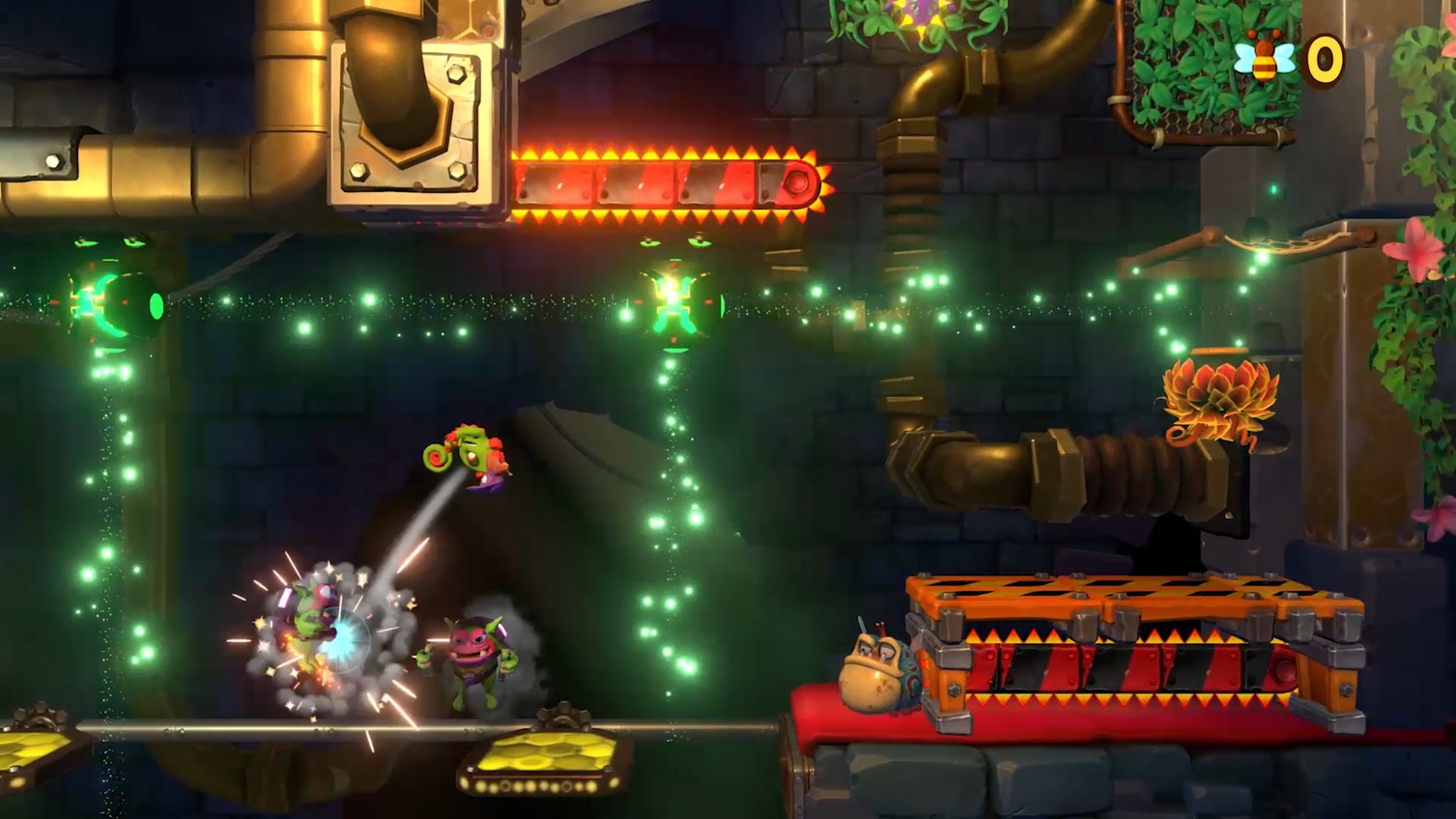
Much like the aforementioned The Outer Worlds, Yooka-Laylee and the Impossible Lair isn’t especially original or unique. Both take clear inspiration from familiar structures and concern themselves more with readapting those structures to new environments and characters than presenting something fundamentally new. That said, if you’re going to be a proper spiritual successor, it’s best to know why people loved the predecessor(s) so much in the first place. Yooka-Laylee and the Impossible Lair hits that mark, and hits it as well as any platformer I’ve played in years.
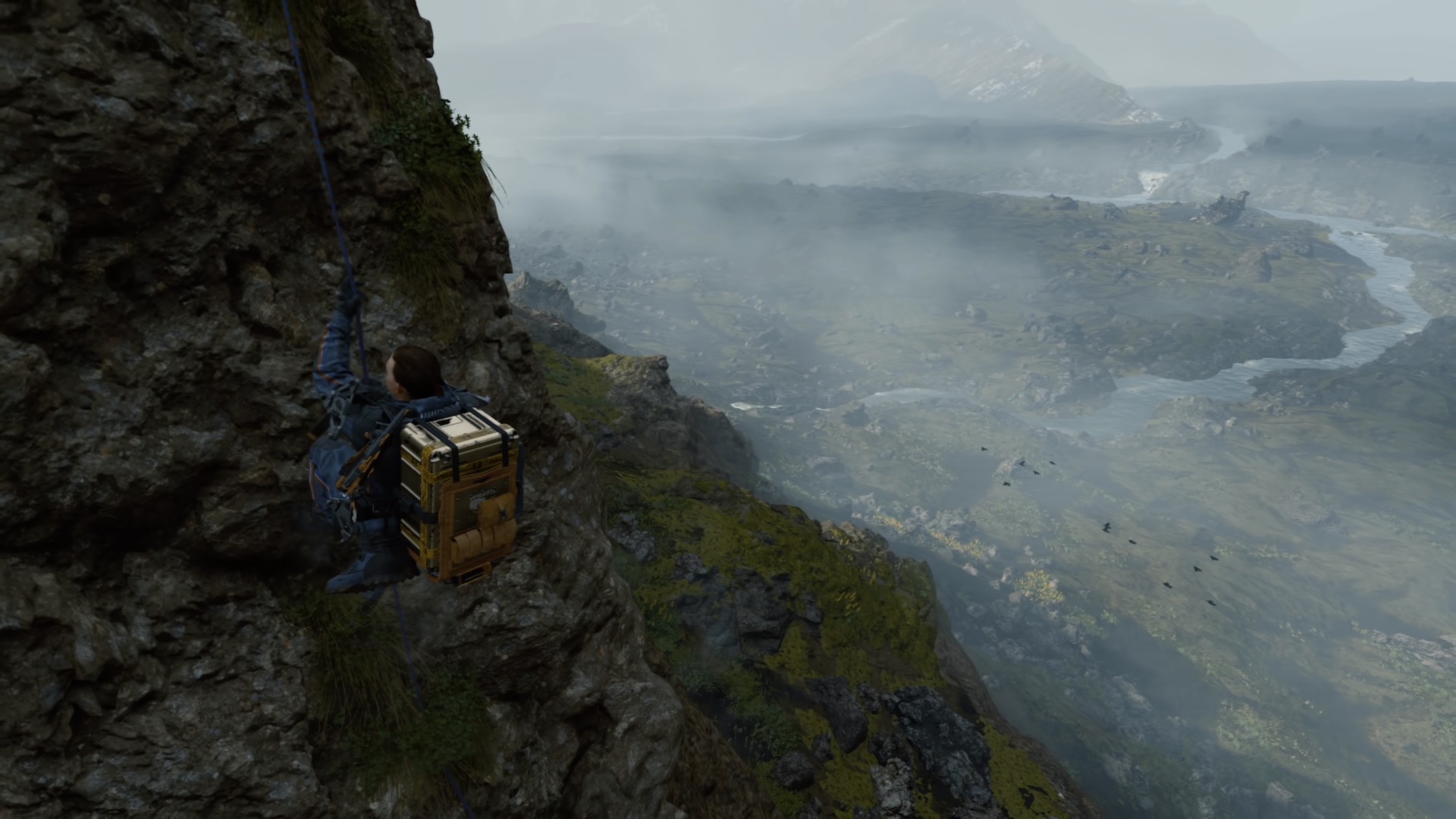
Lightning Round!!!!!!!!!!
-Speaking of Yooka-Laylee, the titular Impossible Lair stage is one of the most difficult levels I’ve ever experienced in a 2D platformer. It’s brilliantly designed in such a way that the player always knows what they should do to move ahead, and every hazard found in the stage (which takes nearly 20 minutes to beat in a single playthrough) is seen in other stages in the game, so there are no surprises. That’s what makes it so good: There’s nothing that should trip you up, yet you have to traverse it perfectly, otherwise you won’t make it very far. I loved it, even though it almost made me break my Switch in half.
-I’ve seen the trailers, read multiple reviews, and heard many explainers about Death Stranding, and I’m still not 100% sure what exactly it’s trying to do or if I would enjoy any of it.
-While I love Super Mario Maker 2, it’s puzzling that Nintendo hasn’t really released much in the way of post-release content, which is particularly surprising considering the first Mario Maker got updates damn-near weekly. What’s going on here?
-I’ll save my broader comments on this for another article, but is anyone else having a particularly hard time picking a “Game of the Year” for 2019? It’s not that I haven’t played anything that great; it’s just that I haven’t yet played something this year that is truly magnificent and an undeniable classic.
-While I don’t know what this year’s best game is, I can tell you that the worst one so far is Mario Kart Tour. That game is a travesty.
-I replayed a bit of Resident Evil 4 last month on Xbox One, and while it’s still a very good game all these years later, it just feels wrong if I don’t play it with a GameCube controller. The updated version of the game tries to make the controls fit better with more modern controller designs, but RE4 was built perfectly for that big-ass A button and springy triggers.
-Netflix’s Dolemite is my Name is one of the best movies of the year, mainly because it brings Eddie Murphy back right where he belongs: the realm of the R-rated comedy. It’s been so long since we’ve had a legitimately great performance from the comedy legend, and he’s a sight to behold as actor and comedian Rudy Ray Moore, the creator and star of the Dolemite films. Murphy bursts with energy in such an infectious and arresting manner in every scene, and nobody says “motherfucker” quite as hilariously as he does. Hopefully he can carry that same energy to the Coming to America sequel (which, interestingly, has the same director as Dolemite is my Name).
Sam has been playing video games since his earliest years and has been writing about them since 2016. He’s a big fan of Nintendo games and complaining about The Last of Us Part II. You either agree wholeheartedly with his opinions or despise them. There is no in between.
A lifelong New Yorker, Sam views gaming as far more than a silly little pastime, and hopes though critical analysis and in-depth reviews to better understand the medium's artistic merit.
Twitter: @sam_martinelli.


